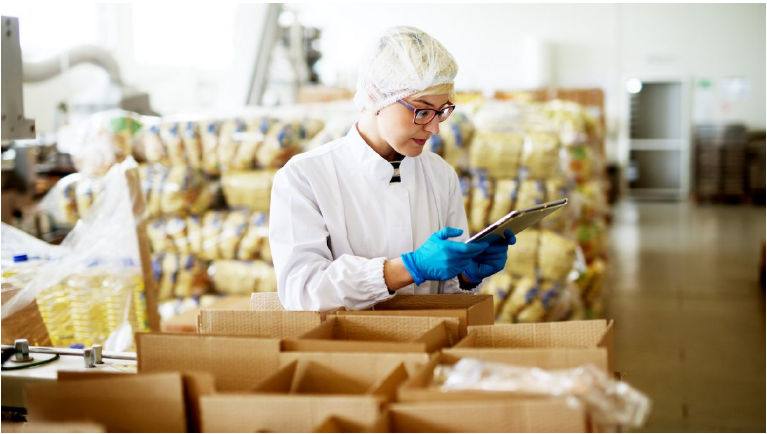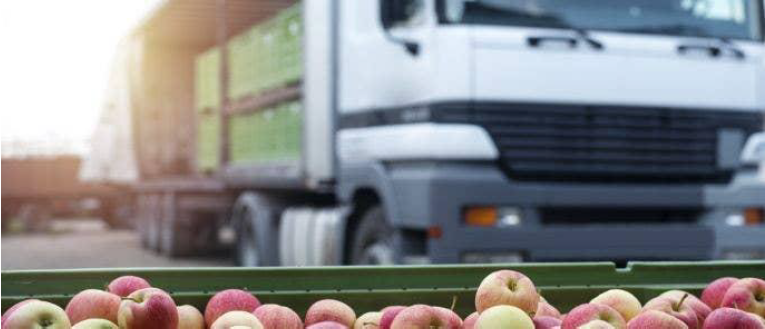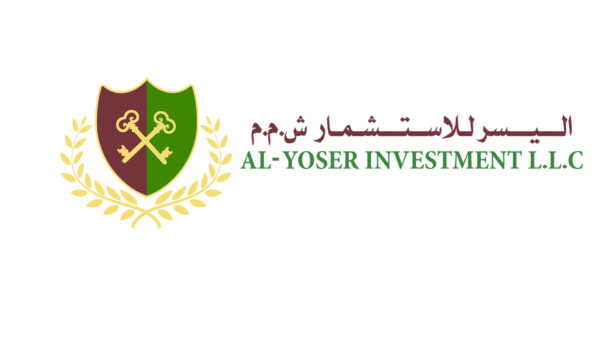Al Yoser Investment’s food supply chain comprises all the stages that food products go through during their movement from producer to customers and consumers. Now more than ever, food supply chains have seen a huge period of growth. Whilst this may initially be seen as beneficial to food production lines, it does however mean that the chains inevitably become more fragmented. This makes it more difficult for consumers to easily trace their food to its origins, often with food being transported from all corners of the world, over a long time frame. here are certain key stages that appear in the food supply chain, including:

● Production – This is where the food supply begins at a production level, and where the food is sourced. Whether it is grown or developed, the food will follow local and international guidelines to ensure quality and food safety.
● Handling and Storage – This refers to the preparation and last-minute steps that food undergoes once the product has been harvested. This step will occur before food is sent to be processed.
● Processing and Packaging – This is where the food is converted into an edible form. Here it is especially important that the food meets all food safety requirements before it is packaged for sale and distribution.
● Distribution – This is where, once the food is edible, it is transported and distributed to the necessary retail or supplier.
● Retailing – This is the process used to deliver the products from suppliers to consumers, and involves everything from obtaining the food to selling it.
● Consumption – This takes place once the customer purchases food from a retailer.

Al Yoser Investment L.L.C offers 6 models of food supply chains, but they all fit into one of two categories – efficiency or responsiveness. All supply chains will contain both elements in some way, but the main focus will be driven by the business supply chain model.
The 6 supply chain models are:
● Continuous flow –This model is beneficial to use within high-demand production as it offers stability. This makes it ideal for manufacturers who make products which do not often change.
● Fast-chain – These models work well for manufacturers that work with shorter life cycle products as it is flexible and products can easily and quickly be changed out.
● Efficient – In a competitive market, efficient models are the go-to of all supply chains. They provide high standards at a highly efficient level.
● Agile – When a food manufacturing business deals with specialty items, they will likely use agile supply chain management because this allows movement to be increased in necessary cases.
● Flexible – The ability to be flexible in a food production line is a huge bonus as it allows businesses to meet demand with more ease.
● Custom configured – This refers to models which are customized. This Customization is set during the assembly and production of the product. It can be seen as a hybrid between the agile and continuous flow models.

Al Yoser Investment L.L.C Key Role in Food Supply Chains
A solid food supply chain is essential in order to produce food safe products that meet the consumer demand for high-quality food. The retail and hospitality industries that buy the products, for example, want to purchase high-quality food at a low price from the supplier so they can still make a profit and offer competitive prices. The key to meeting consumer demand for high-quality food products starts with a well-managed food supply chain, and this will also help to deter problems from arising and causing losses down the line. Al Yoser Investment L.L.C Food supply chains are also vital in ensuring food safety and traceability of products, meaning both manufacturers and consumers can easily trace food back to its origins. For manufacturers, this is needed if product recalls or withdrawals are required and for consumers, it means that they can understand the origin of their food and how it has been produce

In recent years we have become more aware of the environmental impact that certain food supply chains may be having. A key takeaway from this is the focus on short food supply chains. There are economic, environmental and social benefits to shorter food chains and the increased connection to where their food comes from, is likely to lead to less waste and increased trust among consumers.
